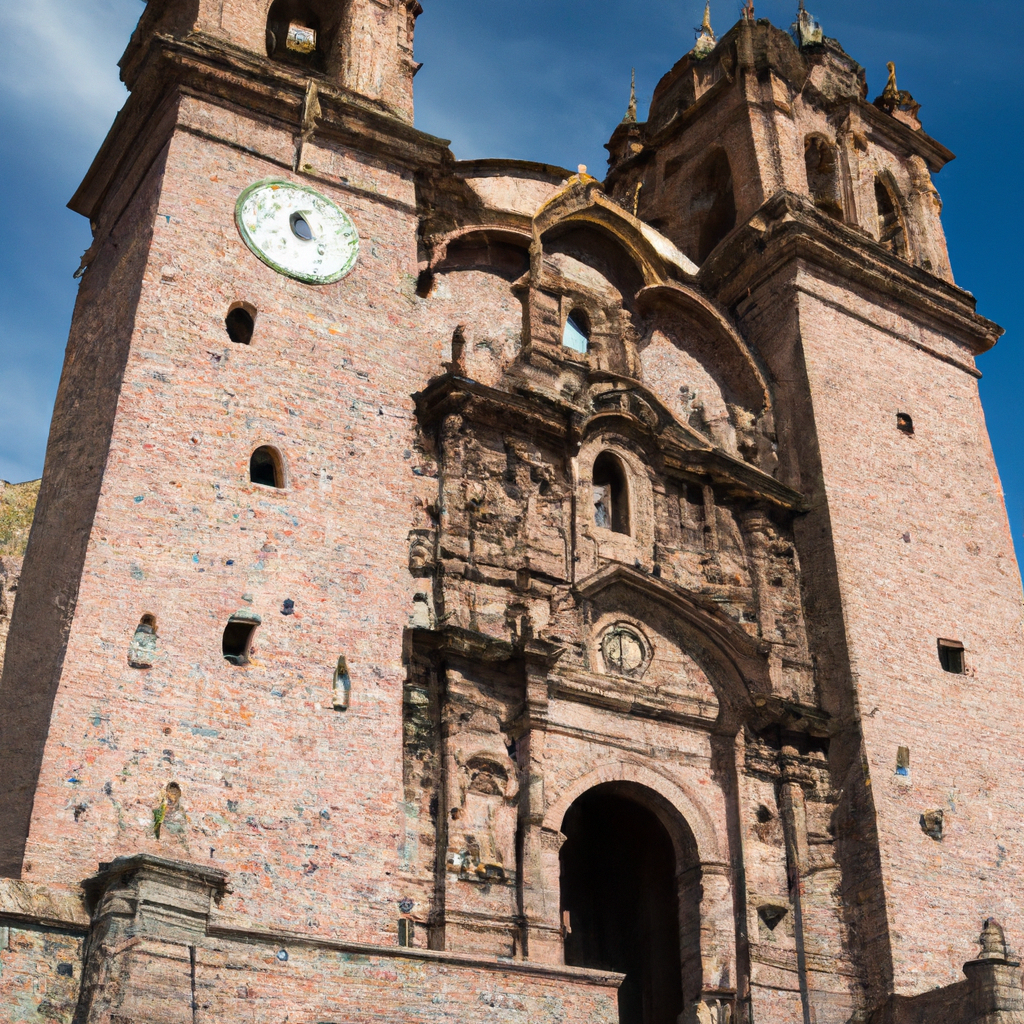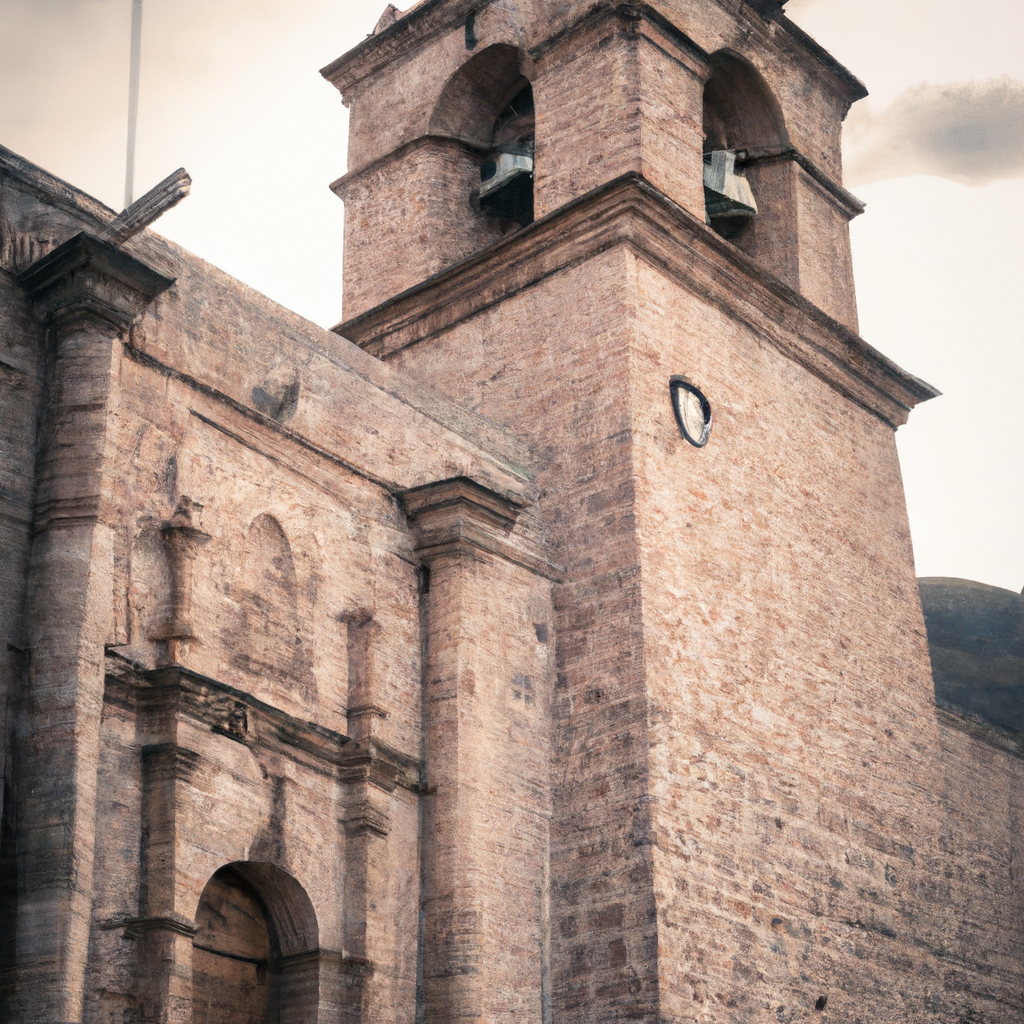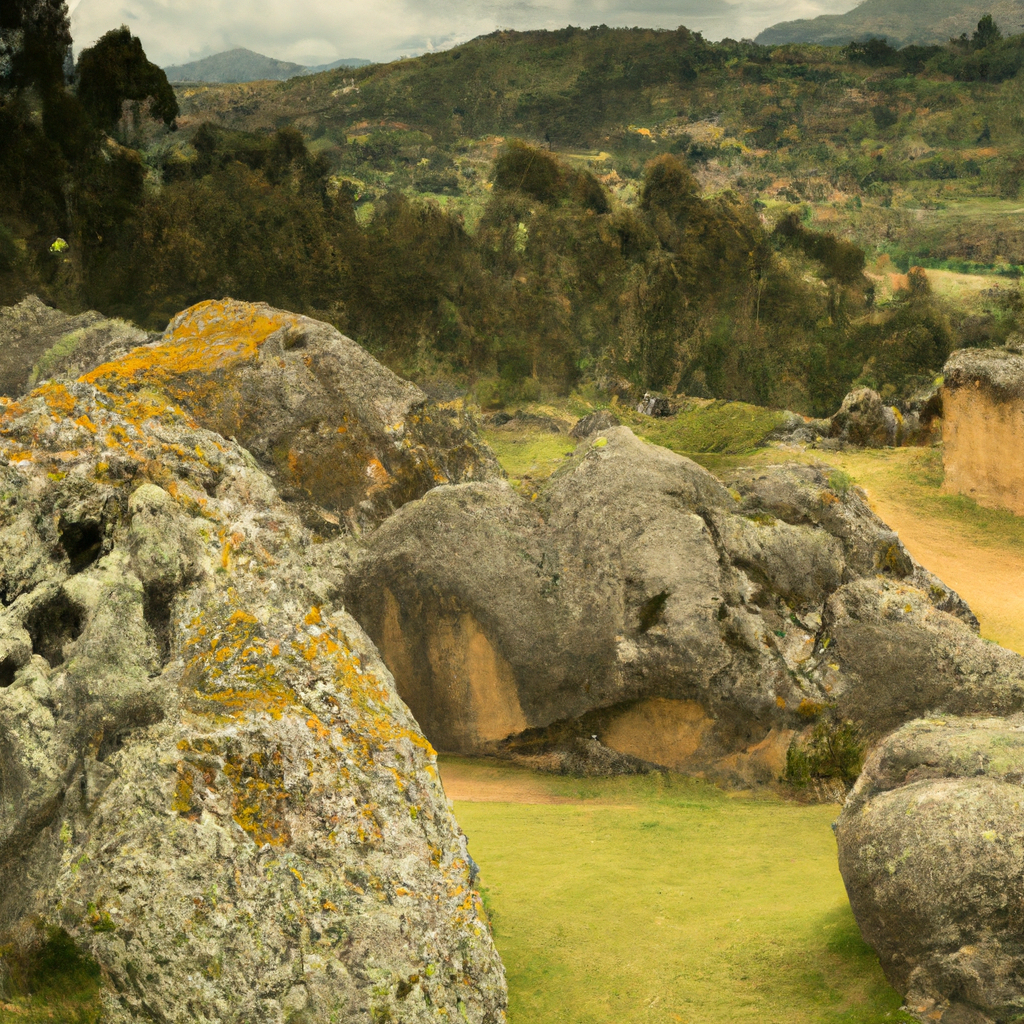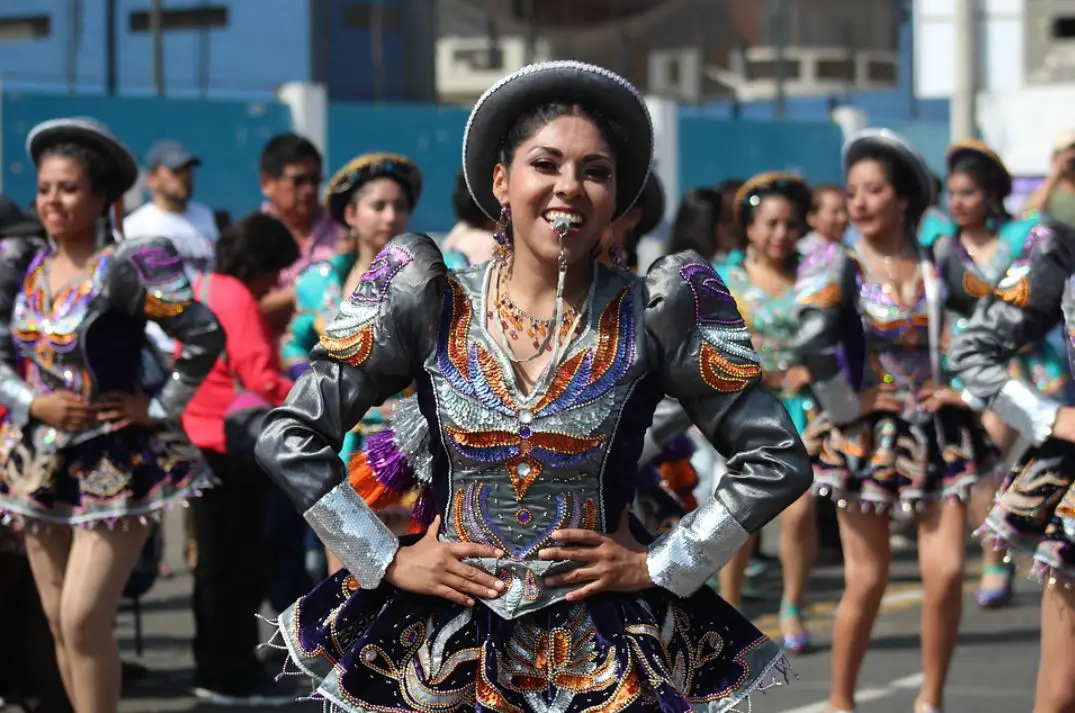Huaca Rajada (Sipán Archaeological Site) In Peru: Overview,Prominent Features,History,Interesting facts
Overview:
Huaca Rajada is a pre-Columbian archaeological site located in the Chicama Valley of northern Peru. It is most famous for its discovery in 1987 which revealed the tomb of an important regional Moche leader known as the Lord of Sipán. The site includes the tomb and various graves, as well as associated artifacts and buildings that are characteristic of the Moche culture. The site has provided invaluable insights into the organization and development of this long-lost civilization and is considered to be one of the most important archaeological sites in Latin America. It is one of the most beautiful monuments in Peru
Prominent Features:
1. Multiple Mound Structures: Huaca Rajada is a complex of archaeological ruins having two large adobe mound structures (huacas), Huaca 1 and Huaca 2, located near the town of Sipán in the Lambayeque region of northern Peru. 2. Tombs of Moche Warrior-Priests: Within Huaca 1 there are three intact tombs of Moche warrior-priests that are elaborately decorated with gold, silver, and jewelry. This is the largest collection of artifacts from any archeological site in Peru. 3. Important Archaeological Findings: The tombs have yielded a wealth of artifacts, including human remains, jewelry, textiles, ceramics, and agricultural tools. These findings are highly significant for understanding the history and development of ancient Peru. 4. Beautiful Decorative Stonework: Huaca Rajada also features decorative stonework, including carved reliefs and figures depicting warriors, animals, and plants. This provides insight into the mythological and religious practices of the ancient Moche people. 5. Array of Colorful Masks: Huaca Rajada boasts an array of colorful masks that once adorned the faces of the Moche warriors. Most of these masks are made from gold and other precious metals and semiprecious stones. You can learn history, culture, and heritage through these magnificent monuments in Peru.
History:
The Huaca Rajada archaeological site, located in present-day Peru and also known as the Sipan Archaeological Site, is the source of ancient artifacts dating back as far as the Moche culture of the of the Late Formative Period (300 B.C.-600 A.D.). The huaca, which is a Quechua term for a ceremonial structure, stands as an impressive reminder of the advanced civilizations that existed in what is now Peru. Thousands of artifacts have been unearthed from the ancient temples, dwellings, and tombs, giving a rare insight into the lives of the Moche people, who were a hierarchical society led by a priestly class. The huaca was first discovered in 1987, by archaeologists led by Walter Alva. They uncovered the tomb of a high ranking Moche priest who was buried with exquisite artworks and precious riches. Known as the Lord of Sipan, this discovery was iconic and remains one of the most significant finds of Pre-Columbian culture in Peru. In subsequent years, the site has become renowned for its intricate murals and vibrant murals, as well as its monuments and tombs. The Huaca Rajada has become a major attraction for tourists who wish to explore the culture of the Moche people. A museum has been built nearby, and many of the artifacts and works of art discovered at the site have been put on display. The site also plays an important role in demonstrating the resilience of the indigenous culture of Peru. It is an incredible site of archeological significance, and a powerful reminder of Peru’s ancient remarkable civilizations that once flourished in the area. Visit one of the famous monuments of Peru with your friends and family.
Interesting facts:
1. Huaca Rajada is considered to have been the most extensive and elaborate pre-Columbian Moche structure ever discovered. 2. The ceremonial site was discovered in 1987 by Peruvian archaeologist, Dr. Walter Alva. 3. It was found to contain the tombs of three elite Moche rulers, known as the Lords of Sipan. 4. Thousands of gold and shell-encrusted artifacts were recovered from the tombs, such as decapitated human figures, ornaments and regalia. 5. These artifacts are now preserved in the Dr. Alva’s Sipán Museum, located in Lambayeque, Peru. 6. Huaca Rajada was built during the Early Moche Period (200-500BC), when the Moche people had achieved great success in cultivating the coastal desert. 7. It is believed that the tomb of the "Lord of Sipan" was built as a temple and served as the site for important religious ceremonies. 8. Huaca Rajada was built and used for religious ceremonies and rituals for 1,000 years. 9. The site is laid out as a huge scaled-down complex of religious and administrative center complete with a palace, court and temple quarters. 10. The site was closed to the public for a number of years from 1992-2005 while further archaeological investigation and restoration of the site took place. One of the historical monuments of Peru, it tells the story of a bygone era
Explore Peru most popular tourist destination with us. Huaca Rajada (Sipán Archaeological Site) In Peru: Overview,Prominent Features,History,Interesting facts,which is 35.14 km away from Peru main town, is the most popular destination to add in your travel wishlist.
-
City:
Peru
-
state:
Lambayeque
-
country:
Peru
-
country code:
PE
-
postcode:
44615
Location:
Lambayeque Peru
 In Peru.png)


 in Lima In Peru.png)










